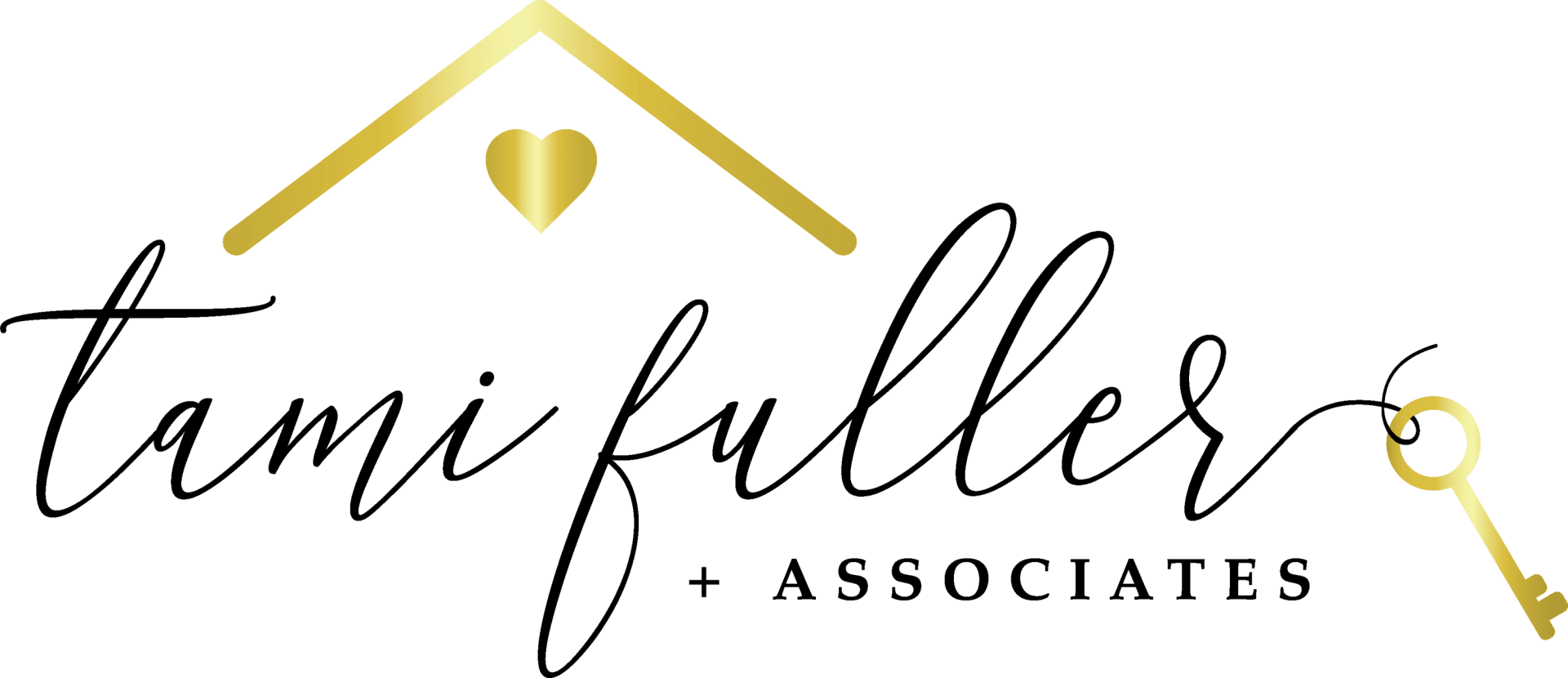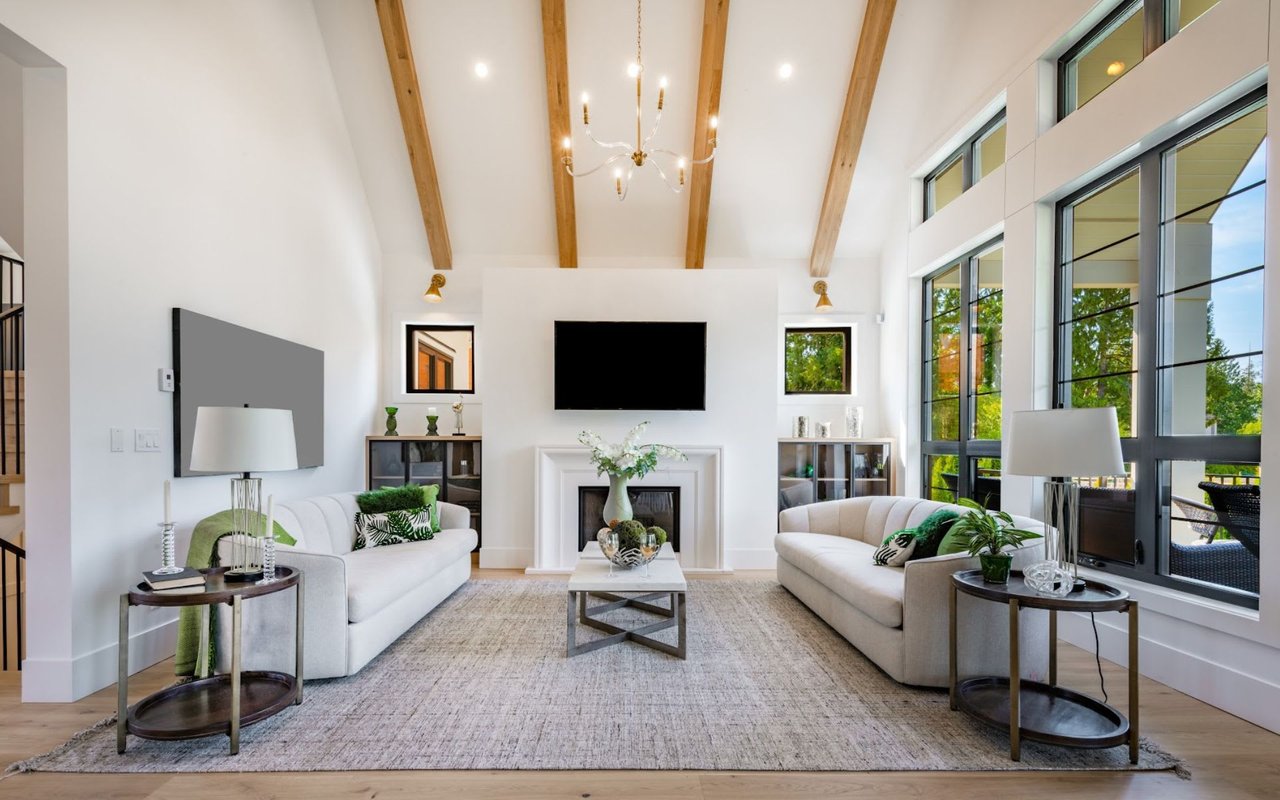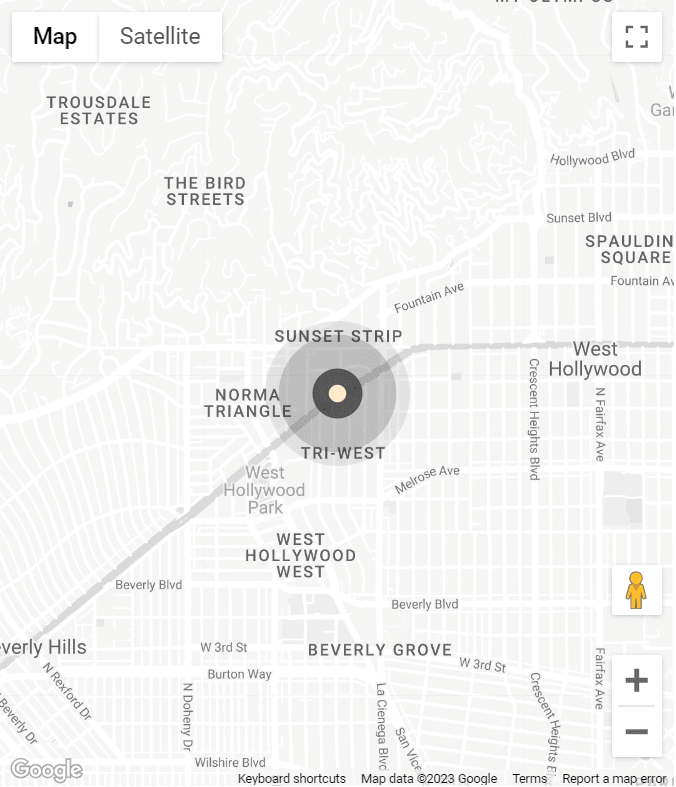Luxury home design continues to evolve, reflecting changing lifestyles, technological advancements, and sustainable practices. As 2025 approaches, prospective homeowners are embracing innovative trends that blend luxury with functionality. From sustainable materials to smart home integration, these luxury home design trends are shaping the landscape of luxury real estate.
Sustainable Luxury
In 2025, sustainability is not just a trend but a cornerstone of luxury home design. Homeowners are increasingly prioritizing eco-friendly materials and energy-efficient systems. Innovations like solar panels, green roofs, and recycled materials are becoming standard features in upscale homes. Architects and designers are seamlessly integrating sustainability into luxurious aesthetics, creating environmentally responsible and visually stunning homes.
Seamless Indoor-Outdoor Living
Blurring the lines between indoor and outdoor spaces remains a prominent trend in luxury home design for 2025. Expansive glass walls, sliding doors, and innovative landscaping techniques are used to create fluid transitions between interior living areas and outdoor environments. This design approach enhances natural light and ventilation and amplifies the sense of space and connection to nature—a hallmark of modern luxury living.
Smart Home Technology
The integration of smart home technology continues to revolutionize luxury residences in 2025. Home automation systems that control lighting, temperature, security, and entertainment are becoming more sophisticated and intuitive. Smart appliances and energy management systems further enhance efficiency and comfort, catering to the tech-savvy lifestyle of luxury homeowners.
Wellness-Oriented Design
Wellness-oriented design principles are gaining traction in luxury homes, focusing on promoting physical health and mental well-being. Dedicated wellness spaces such as home gyms, spa-like bathrooms, meditation rooms, and indoor gardens are becoming essential features. Natural materials, biophilic design elements, and circadian lighting systems are incorporated to create environments that support relaxation, rejuvenation, and overall well-being—a testament to the holistic approach to luxury living in 2025.
Customization and Personalization
Personalization remains a defining aspect of luxury home design in 2025, catering to individual preferences and lifestyles. Custom-built features, bespoke furniture pieces, and personalized art collections are curated to reflect the unique tastes and identities of homeowners. Designers collaborate closely with clients to create residences that are not only luxurious but also deeply personalized, ensuring every detail contributes to a cohesive and distinctive living experience.
Timeless Elegance with Modern Twists
While contemporary trends shape luxury home design in 2025, there is a resurgence of timeless elegance infused with modern twists. Classic architectural styles are reinterpreted with contemporary materials and technologies, blending historical charm with present-day functionality. High ceilings, grand staircases, and statement pieces of art and furniture add a sense of grandeur and sophistication, creating spaces that exude luxury and refinement.
Multi-functional Spaces
Versatility and adaptability characterize luxury home design trends in 2025, emphasizing multi-functional spaces that serve multiple purposes. Home offices that seamlessly convert into guest bedrooms, entertainment areas that double as home theaters, and kitchens equipped for both culinary mastery and casual dining exemplify this trend. Flexible design solutions maximize the utility of space while maintaining aesthetic integrity, catering to the dynamic lifestyles of modern luxury homeowners.
Emphasis on Privacy and Security
Privacy and security are paramount concerns in luxury home design for 2025, influencing architectural layouts and technological features. High-end residences are equipped with state-of-the-art security systems, including biometric entry systems, CCTV surveillance, and smart locks, to ensure the safety of residents and their property.
Adaptive Reuse and Historic Preservation
In 2025, there is a growing trend towards adaptive reuse and historic preservation in luxury home design, as homeowners seek to celebrate architectural heritage while embracing modern functionality. Historic buildings, such as industrial warehouses, barns, and heritage homes, are creatively repurposed into luxurious residences that blend old-world charm with contemporary amenities. Designers preserve original architectural features, such as exposed brickwork, timber beams, and ornate moldings, while integrating modern conveniences such as gourmet kitchens, spa-like bathrooms, and home theaters.
Luxurious Outdoor Entertaining Spaces
Outdoor entertaining spaces are a key focus in 2025 luxury home design. Lavish outdoor kitchens, elegant dining areas, and sophisticated lounge zones equipped with fire pits, heaters, and ambient lighting create an ideal setting for al fresco entertaining. Infinity pools, hot tubs, and well-designed landscaping further enhance the outdoor experience, blending leisure with luxury and extending living spaces beyond the home’s interior.
Discover Your Dream Luxury Home with Tami Fuller
As 2025 approaches, luxury home design is defined by a harmonious blend of innovation, sustainability, and personalized luxury. From sustainable practices and smart technologies to seamless indoor-outdoor living and wellness-focused design, these trends reflect a commitment to enhancing the aesthetics and functionality of luxury residences.
Ready to embrace the latest in luxury home design for 2025? Whether you’re looking for a sustainable masterpiece, a wellness-focused retreat, or an elegantly designed residence, don’t miss out on the opportunity to live in a home that reflects the cutting-edge trends and unparalleled luxury of 2025. Contact Tami Fuller today to start your journey to owning your dream luxury home.


